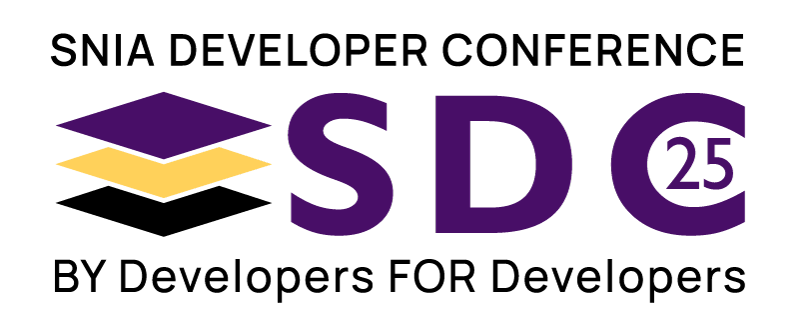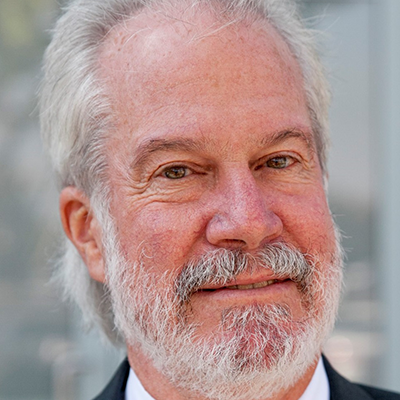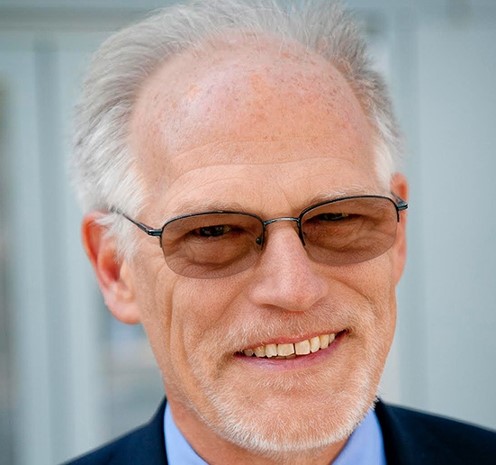
Evolving Storage for a New Generation of AI/ML

Fremont A/B
Tue Sep 13 | 3:05pm
Abstract
AI/ML is not new, but innovations in ML models development have made it possible to process data at unprecedented speeds. Data scientists have used standard POSIX file systems for years, but as the scale and need for performance have grown, many face new storage challenges. Samsung has been working with customers on new ways of approaching storage issues with object storage designed for use with AI/ML. Hear how software and hardware are evolving to allow unprecedented performance and scale of storage for Machine Learning.
Learning Objectives
- High performance S3 and object storage at scale
- How open source Samsung DSS stack can cater very high read band-width requirement of AI training storage
- How to measure performance bottleneck and different storage back-end impact of different stages of AI training run

Related Sessions
The Information Bank: A Proposal for the Next Class of Storage Solving 50 Year Old Problems Managing Unstructured Data
Computers are pretty stupid. They have no idea what they are storing. Surprisingly, this is the root cause of 100’s of computing problems costing the world $Billions every year. We will show that just the ""Top 10"" issues should justify action.
As a simple example, a contract is more than a Word document. What kind of contract is it? Who and what is is for? Has everyone approved it? Where did you get the template file from? Does an outside counsel have to look at it? Did it go to the customer? Wouldn't you like the contract to come get you just before it expires? And more! This is just one of thousands of unstructured data processes people struggle with every day.
To attack this challenge, we suggest a two pronged approach. The first is defining unstructured data that matches the way end users create, reference, communicate, locate, and share Information. Second, we propose the creation of a new class of storage specifically designed to understand this new definition and to be able to handle the dynamics of that information. An event-based architecture will be presented based upon both information and technology event types that drive the information's lifecycle.
We believe this new class of storage has significant benefits and capabilities and could be a fertile area for innovation across the industry. However, these benefits can only be realized through cooperation in the creation of definitions, requirements, protocols, and standards from members of our industry association. Let's get started!
Media Objectives for Next-Generation Video Games
The consumer video game software industry is on the cusp of its 50th year, and its revenues continue to grow steadily, in recent years outpacing even those of motion pictures. The role of data storage media is uniquely central to the video game industry, as it is ultimately the canvas upon which game developers paint. Despite the convenience of downloadable content via the Internet, strong demand continues for games on physical storage media, especially from major publishers.
Games from major publishers also require more storage than ever, not only for their distribution, but also for logging data about game play, from high score lists to saved session information and sharing playback videos. But the growth in the industry’s distribution media has slowed, from more than 1000 times over three generations of semiconductor ROM cartridges to hardly more than 150 times over five generations of optical discs. So what’s next?
This session reprises a popular 2019 SDC presentation surveying the significant roles and evolving types of digital storage media that enable this interactive digital art form, updated to include the latest generation of video game systems.
OCP Storage Project Update
This is an update on the activities in the OCP Storage Project.
Data-Intensive Inference Done Better: Scaling Models and RAG in Limited Memory with SSD Offload
Enterprises are rushing to adopt AI inference solutions with RAG to solve business problems, but enthusiasm for the technology's potential is outpacing infrastructure readiness. It quickly becomes prohibitively expensive or even impossible to use more complex models and bigger RAG data sets due to the cost of memory. Using open-source software components and high-performance NVMe SSDs, we explore two different but related approaches for solving these challenges and unlocking new levels of scale: offloading model weights to storage using DeepSpeed, and offloading RAG data to storage using DiskANN. By combining these, we can achieve (a) more complex models running on GPUs that it was previously impossible to use, and (b) greater cost efficiency when using large amounts of RAG data. We'll talk through the approach, share benchmarking results, and show a demo of how the solution works in an example use case.
Chiplets, UCIe, Persistent Memory, and Heterogeneous Integration: The Processor Chip of the Future!
Chiplets have become a near-overnight success with today’s rapid-fire data center conversion to AI. But today’s integration of HBM DRAM with multiple SOC chiplets is only the very beginning of a larger trend in which multiple incompatible technologies will adopt heterogeneous integration to connect new memory technologies with advanced logic chips to provide both significant energy savings and vastly-improved performance at a reduced price point. In this presentation analysts Tom Coughlin and Jim Handy will explain how memory technologies like MRAM, ReRAM, FRAM, and even PCM will eventually displace the DRAM HBM stacks used with xPUs, on-chip NOR flash and SRAM, and even NAND flash in many applications. They will explain how DRAM’s refresh mechanism and NAND and NOR flash’s energy-hogging writes will give way to much cooler memories that will be easier to integrate within the processor’s package, how processor die sizes will dramatically shrink through the use of new memory technologies to replace on-chip NOR and SRAM, and how the UCIe interface will allow these memories to compete to bring down overall costs. They will also show how the approach will not only reduce the purchase price per teraflop, but also how the energy costs per teraflop will also improve.








